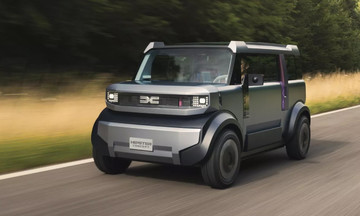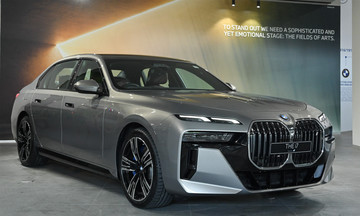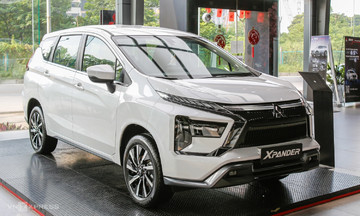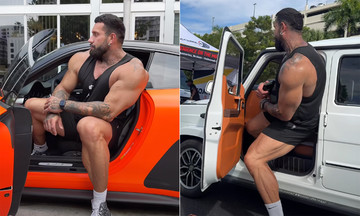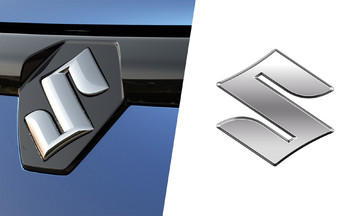Vietnam's green vehicle support policies are relatively new, beginning a few years ago. In 3/2022, the government implemented a three-year 100% exemption on registration fees for electric cars. This exemption was extended for another two years in 3/2025, lasting until 28/2/2027.
In June, Prime Minister Pham Minh Chinh issued Directive 20, requesting Hanoi to ban gasoline-powered motorcycles within the city's first ring road by 7/2026. Following this, Hanoi proposed a subsidy of 3-5 million VND for residents switching from gasoline-powered to electric motorcycles priced from 15 million VND. The city also plans to waive registration fees until 2030 and implement a roadmap to ban gasoline-powered motorcycles within the inner city.
On 17/9, Deputy Prime Minister Tran Hong Ha requested the Ministry of Finance to finalize financial support policies for people transitioning to green vehicles by Quarter IV.
While Vietnam is in the early stages of developing green vehicle incentives, many Asian countries like Thailand, India, and China have implemented policies earlier, such as direct subsidies, manufacturer incentives, and infrastructure investments, providing valuable experience in promoting electric vehicles.
Thailand
Thailand is among the first Southeast Asian countries to implement financial support policies for green vehicles. The government launched the EV 3.0 support package in 2022, later upgrading it to EV 3.5 for the 2024-2027 period.
Consumers receive discounts of 2,200-4,700 USD on electric cars, depending on battery capacity and price. Electric motorcycle buyers receive a 315 USD subsidy if the vehicle meets battery capacity and price standards and is domestically produced. Besides direct subsidies, EV 3.0 includes tax incentives like reduced excise taxes for electric vehicles and import tax exemptions for assembly components. The government also committed to supporting charging infrastructure and encouraging banks to offer preferential loan packages for both buyers and manufacturers.
This policy not only targets consumers but also compels manufacturers to participate. Initially, manufacturers were required to assemble electric vehicles in Thailand at a one-to-one ratio with imported vehicles. If not met, the ratio would increase to 1.5 domestically produced vehicles for each imported vehicle by 2025. However, due to insufficient electric vehicle purchases, the Thai government extended the one-to-one ratio deadline to 2027.
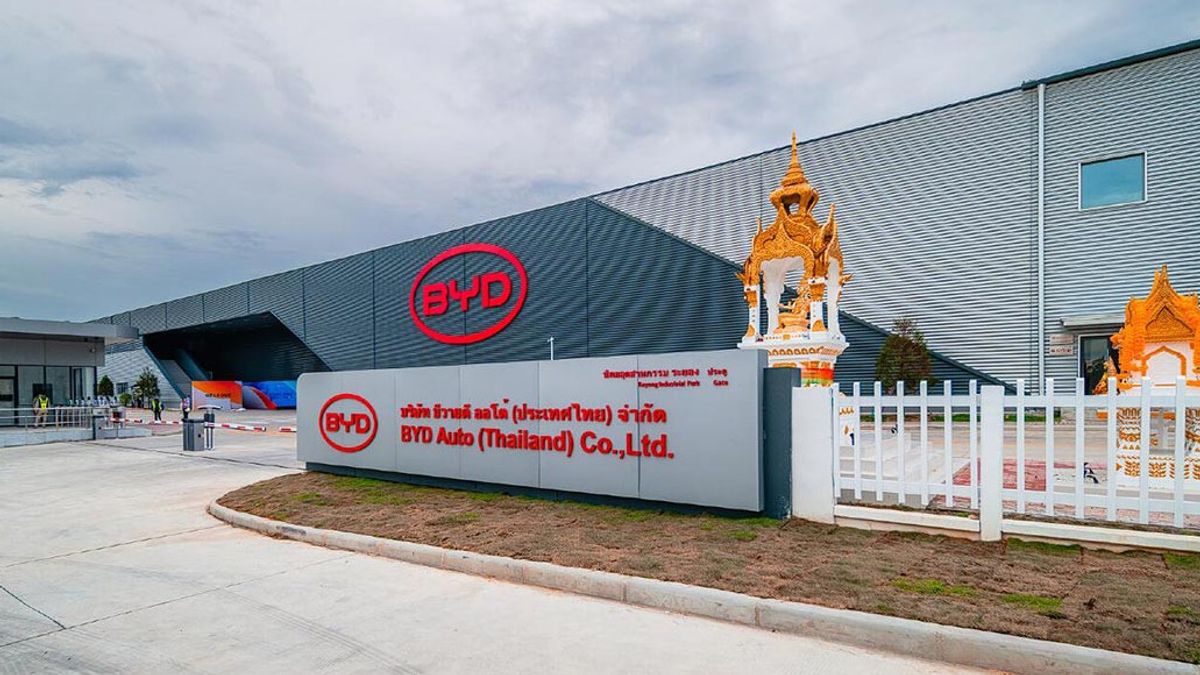 |
BYD's factory in Thailand, producing electric and hybrid vehicles. Photo: VOI |
BYD's factory in Thailand, producing electric and hybrid vehicles. Photo: VOI
As a result, several international brands like BYD and Great Wall announced plans to build battery and electric vehicle factories in Thailand, positioning the country as a new electric vehicle production hub in Southeast Asia.
India
As the world's largest motorcycle market, India's green vehicle transition policy prioritizes electric motorcycles. From 2015-2019, the government implemented the FAME (Faster Adoption and Manufacturing of Hybrid and Electric Vehicles) program, currently in its FAME-II phase.
Before 6/2023, electric motorcycle buyers in India received a subsidy of approximately 180 USD per kWh of battery capacity, not exceeding 40% of the vehicle price. From 6/2023, the subsidy was reduced to 120 USD/kWh, up to 15% of the vehicle price. This policy makes a typical electric motorcycle model hundreds of USD cheaper than its original price. Additional regional incentives further enhance affordability.
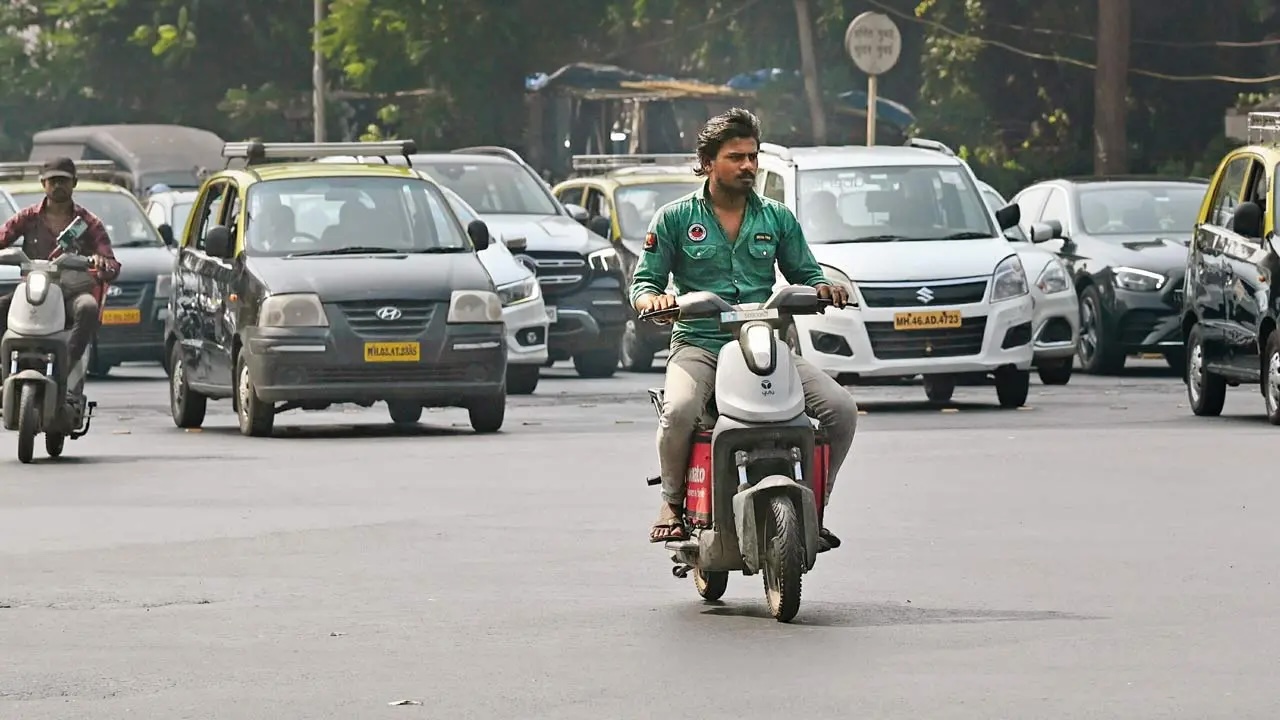 |
Delivery driver on an electric vehicle in Mumbai, India. Photo: Midday |
Delivery driver on an electric vehicle in Mumbai, India. Photo: Midday
The Indian government introduced other incentives, including reduced import taxes on electric vehicle components and support for domestic production. These policies fueled a rapid increase in electric motorcycle sales, exceeding 700,000 units in 2023, allowing domestic brands like Ola Electric and Ather Energy to compete with foreign companies.
China
China leads in vehicle electrification, with a strategy encompassing both cars and electric motorcycles. In 2009, the country piloted a new energy vehicle (NEV) subsidy program in 13 cities, offering up to 8,800 USD per vehicle. By 2013, the policy expanded nationwide with additional local incentives, sparking the electric vehicle market boom.
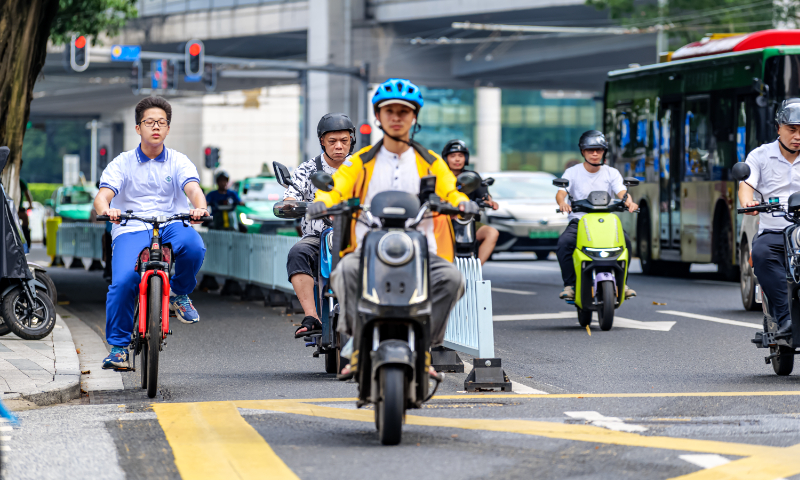 |
People riding electric motorcycles in Guangzhou, Guangdong Province, southern China. Photo: VCG |
People riding electric motorcycles in Guangzhou, Guangdong Province, southern China. Photo: VCG
For cars, China shifted from direct subsidies to long-term incentives. From 2017, the NEV credit system required manufacturers to produce electric vehicles at a certain ratio of total sales. From 2019-2022, cash subsidies were gradually reduced and officially ended in late 2022, replaced by sustained purchase tax incentives, battery research support, and charging and battery swapping infrastructure development. As a result, China sold 9.5 million electric vehicles in 2023, representing over 30% of the domestic market share, according to the China Passenger Car Association (CPCA).
For motorcycles, since 2015, many major cities have virtually stopped issuing licenses for gasoline-powered motorcycles, while waiving or reducing registration fees for electric motorcycles. Additionally, many localities implemented "old for new" exchange programs for electric motorcycles, offering subsidies ranging from 40-90 USD depending on the city. Electric vehicle users enjoy benefits like free parking, reduced toll fees, and exemption from rush hour restrictions.
Ho Tan




